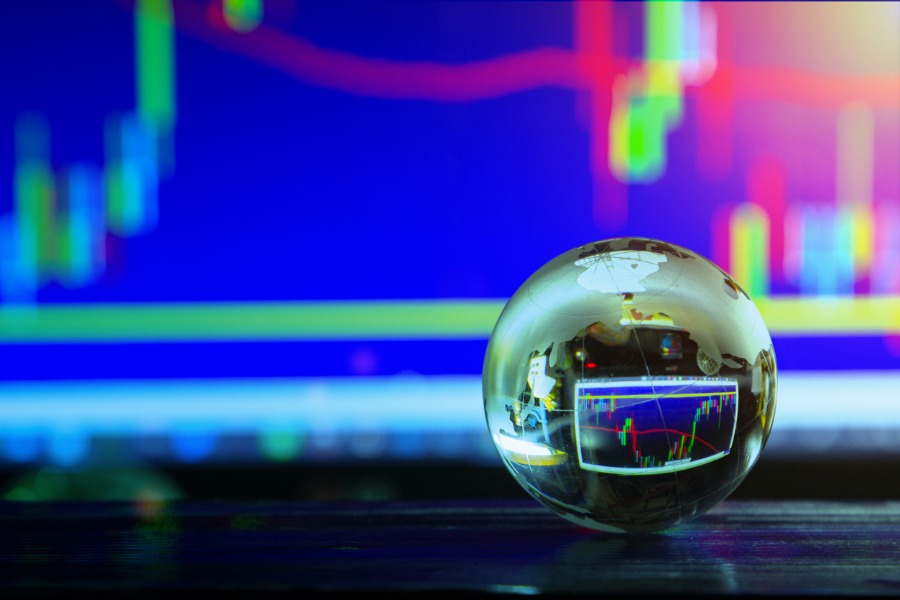What Could Propel the Market? Is There Opportunity Ahead?

Unlike a Las Vegas slot machine, the stock market’s instant feedback is not always reflective of success or failure. On February 19th the S&P 500 (S&P) rested at all-time highs. On March 11th, the S&P had fallen 20% from its high, making it the quickest technical bear market in history. A lot can change in a short period of time, a lesson we learned again soon thereafter, but this time in the opposite direction. After the S&P 500 found a bottom on March 23rd, down 34% from all-time highs, it staged a recovery, rallying nearly 50% through July 22nd. Small cap stocks, international stocks and emerging market stocks all rallied in similar fashion.
The backdrop to this rally included 18% of the U.S. labor force out of work, a second quarter GDP number that was about to set a record for worst quarter since World War II, a significant percentage of small businesses forced to shut their doors permanently, and investor sentiment at decade lows. Meanwhile, the S&P 500 is five percent off its all-time high.
The economy is painting a picture of Hannibal Lecter while the stock market paints the Mona Lisa. How does this make sense? The simplest explanation is the stock market does not always make intuitive sense. 2020 is not unique; there were many time periods in which the stock market hasn’t moved in tandem with the broader economy. The stock market posted gains through WWI and WWII, both times of tremendous uncertainty. That’s because the market pays much greater attention to the future prospects of businesses rather than what is happening today. The market seems to indicate the pandemic’s impact will be similar to a natural disaster; severe but temporary, with nearly a full recovery once the risk has passed. The market can always be wrong, and it will adapt to new information. So what could possibly propel the market higher from here? In our recent blog here, we outline some potential reasons.
None of what we outline means that another bear market can’t happen. That depends on what happens in the future. And while predictions about how the business environment evolves from here are opinions, stock prices well off their highs are facts. Most people remained cautious for years after the financial crisis and it proved to be an expensive mistake. Today, most investors remain cautious and hold a cynical view of a market that has rallied significantly while the global economy sits on the operating table. This pessimism, ironically, may be a good thing for investors. In the past, bad news has been a friend to investors. That was the case in 1940s, in the 1980s and also in 2009. And it may be the case today.
Sources: FRED and The Conference Board
